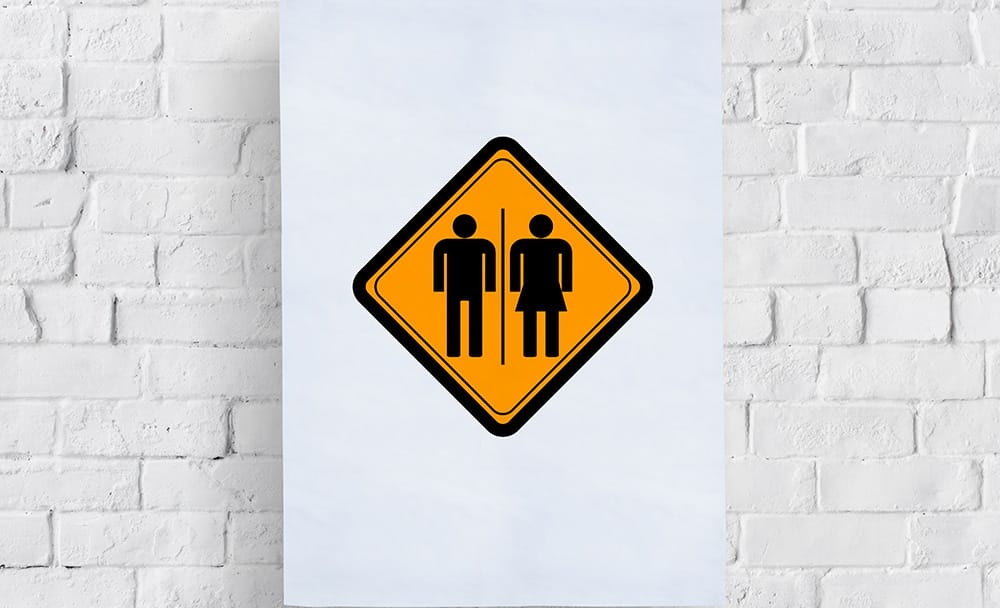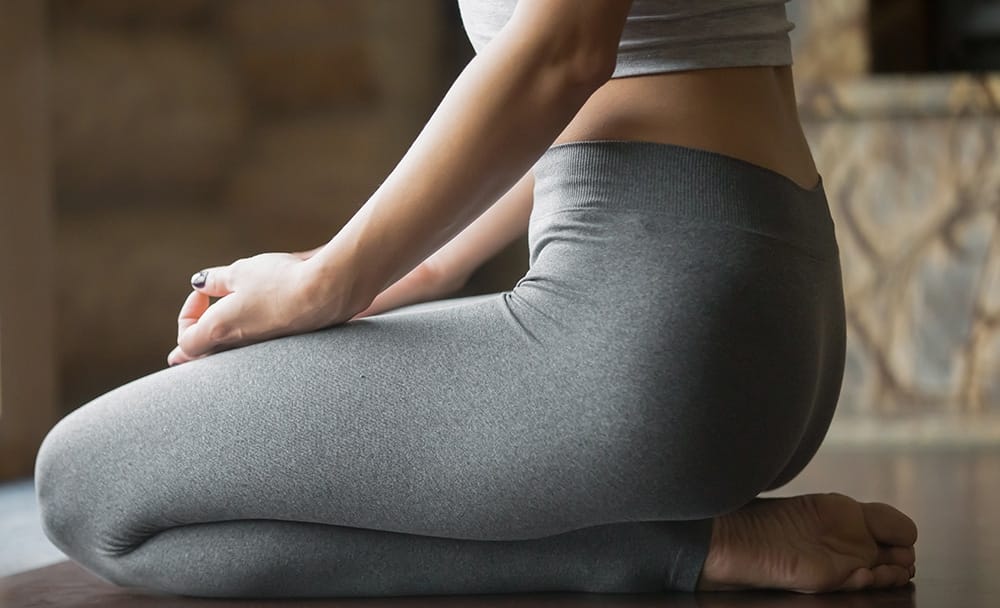
Are you suffering from constipation? Have you tried all means of relieving constipation but still facing it on a regular basis? If yes, then this is your cue to start yoga, one of the best natural ways to treat constipation and other digestive issues.
Remember that chronic constipation can increase the risk of several health complications like faecal impaction, anal fissures, piles and many more. Therefore, you must not ignore if you are having frequent or recurring bouts of constipation.
Now, let’s have a deeper look into what yoga poses can help treat constipation. However, before we do that, let’s see what Ayurveda has to say about this problem.
Ayurveda on Constipation
Ayurvedic physicians say that the root cause of constipation is an imbalance in Vata Dosha. Faulty eating habits like a low-fibre diet and poor lifestyle habits like insufficient hydration and physical inactivity usually lead to this condition.
Therefore, Ayurveda suggests eating a healthy Vata-balancing diet rich in fibre, drinking sufficient water and practising yoga to relieve constipation.
Are you ready now to see what yoga poses you must do for constipation?
Best Yoga Poses For Constipation
Vajrasana (Thunderbolt or Adamant Pose)
- Sit on the ground with your legs folded at the knees, such that your hips are placed above your heels and the toes are pointing out.
- Sit in the pit formed by the parted heels.
- Your back, neck, and head must be in a straight line.
- Place your palms on the thighs facing upwards.
- Take long deep breaths and hold the pose for as long as possible. Return to the initial position and relax.

Bhujangasana (Cobra Pose)
- Lie flat on your stomach, and rest your chin on the floor, keep your hands beside your body and legs extended.
- As you inhale, bring your hands near your chest and lift your torso.
- Stretch and tilt your head back, looking upwards.
- Hold your breath and remain in this position for as long as possible. As you exhale, bring your upper body down slowly.
Halasana (Plough Pose)
- Lie flat on your back, with your hands beside your body and your palms facing down.
- Take a deep breath in and lift your feet off the ground with the help of your abdominal muscles, so that the legs are at a 90-degree angle.
- With the help of your hands, support your hips and lift them off the floor.
- Further, bring your feet in a 180-degree angle while keeping your legs straight, such that your toes are placed above your head.
- Hold this position for as long as possible. Return to the initial position slowly, without jerking your legs.
Pavanamuktasana (Wind-relieving Pose)
- Lie flat on your back with your arms resting beside your body.
- Lift your left knee and bring it towards your chest, keeping your right leg straight.
- Hold your left knee with both hands and lift your head towards the knee.
- Breathe normally and hold this position. Return to the initial position and repeat with the right leg.
Paschimottanasana (Forward Bend)
- Sit on the floor with your legs forward and hands on the thighs.
- As you inhale, raise your arms straight and lift them above the head.
- Bend forward from the hips with your back straight, as you exhale.
- Try to hold your toes, keeping your knees straight. Depending on your flexibility, try to touch your head to the knees.
- Hold this position as you breathe normally. Return to the initial position slowly as you inhale.
Dhanurasana (Bow Pose)
- Lie on your abdomen with your chin resting on the floor, keeping your hands beside your body and extending your legs.
- As you inhale, bend your legs at the knees and hold the ankles with your hands.
- Put your body weight on the abdomen and raise your head, shoulder, and thighs, and look up.
- Hold your breath and remain in this position for as long as possible. Return to the initial position as you exhale.
The Takeaway
Including these yoga asanas for constipation will help stimulate regular and healthy bowel movements, but they are only one of many lifestyle changes that you should adopt.
Ayurveda also recommends making dietary changes that favour fresh and natural whole foods, like fruits and veggies, whole grains, nuts, and seeds, while avoiding processed foods that are lacking in fibre. This is absolutely essential for a lasting solution and for healthy digestion.

















